Cubit Robotics: Probably Better Than What Your Are Doing
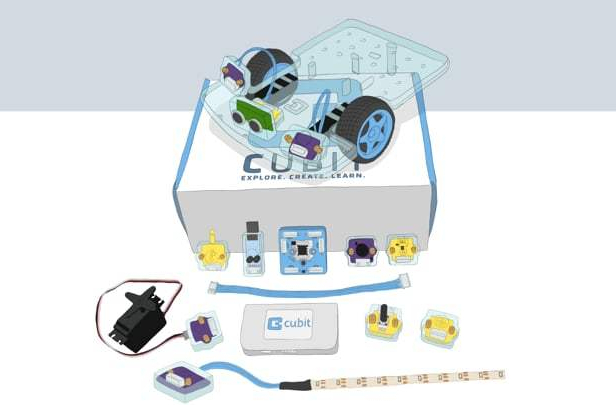
By Tony DePrato | Follow Me on LinkedIn
I have been working with robotics since 2005. I have worked with students from US Grade 4 to students competing in university competitions.
As of late, I have been shocked by this trend: remote control.
Remote control is not the future. The future is autonomous and AI-driven. So why are schools teaching robotics via remote control at all levels with very little autonomous programming?
The software that was once easy to access, often free, and allowed for fairly deep programming has reverted to big graphical blocks.
This is why I am very excited about Cubit Robotics/Electronics for STEM.
I asked Cubit for a sample kit, and they sent it along. My robot frame and build were simple because I wanted to focus on programming.
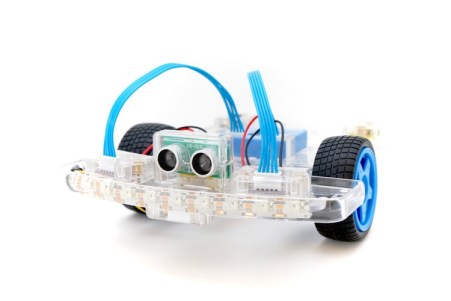
The Cubit was loaded with sensor options, and the programming interface was Bluetooth.
For the record, I was using a Macbook, and I was very happy to get back into a programming environment that empowered real coding on an Apple. As of late, most of the robotics packages I have used on an Apple have removed the text-based coding options.
The flexibility was nice, and the educational scaffolding was clear.
You can start with the colorful blocks, and easily get things working.
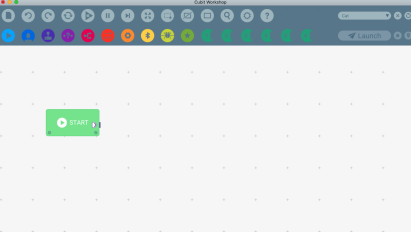
Then, you can get into the code, and make things work the way you want.
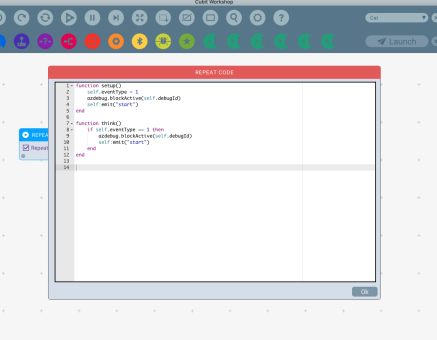
Cubit uses Lua language. I found it to be an excellent primer for going in a variety of programming directions. I have always found that using robotics and electronics as a prerequisite for IB or AP computer science is a better primer than simply having an introductory course based solely in a language. Let’s be honest, robots are fun, and they can really help build the programming competency base.
If you are new to robotics and have no idea where to get started, Cubit is an excellent solution. Cubit provides a built-in curriculum with projects ranging from elementary to high school. The programming environment guides users through the initial steps.
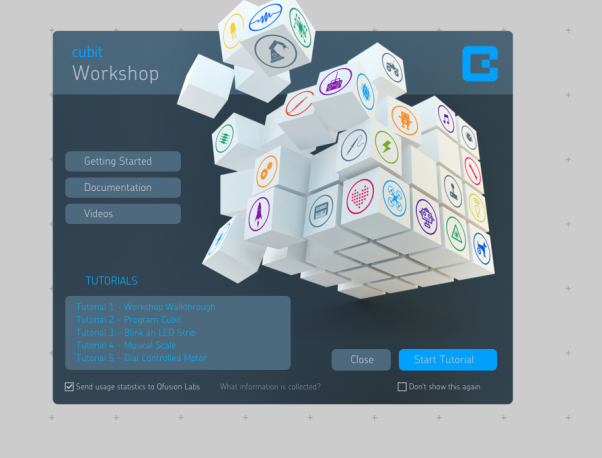
Robotic’s education needs to move away from the obsession with remote control. I believe this obsession emerged from the ubiquity of mobile devices, and the realization that automation is usually a low scoring and frustrating endeavor. When students can use a remote control, they can get more points and do more in less time.
The process, stress, and failure should be the goal when using robotics for K-12 education. If a student can understand the complexities of automation before they leave high school, then they are better prepared for the AI-driven future and their place within it.
It is small, affordable, and easy to build, but Cubit is a step towards authentic learning and forward-thinking.
AI Research
- https://www.grandviewresearch.com/industry-analysis/artificial-intelligence-ai-market
- https://www.pwc.com/us/en/services/consulting/library/artificial-intelligence-predictions-2019.html
- https://apnews.com/Business%20Wire/df8bdcfa4de84f6aa301d3683c2e1b55
- https://www2.deloitte.com/content/dam/Deloitte/br/Documents/technology/DI_TechTrends2019.pdf
Source: IT Babble Blog and Podcast
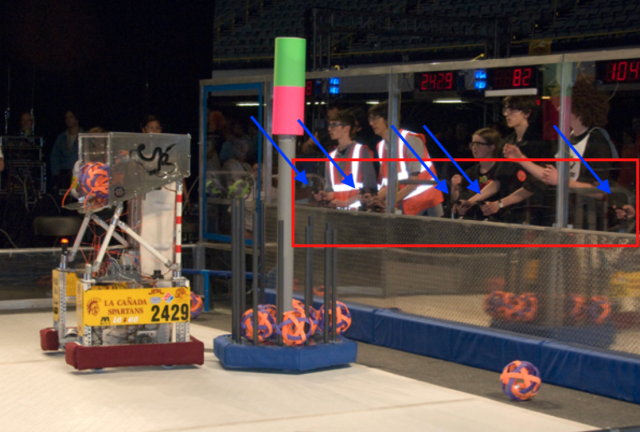
You must be logged in to post a comment.